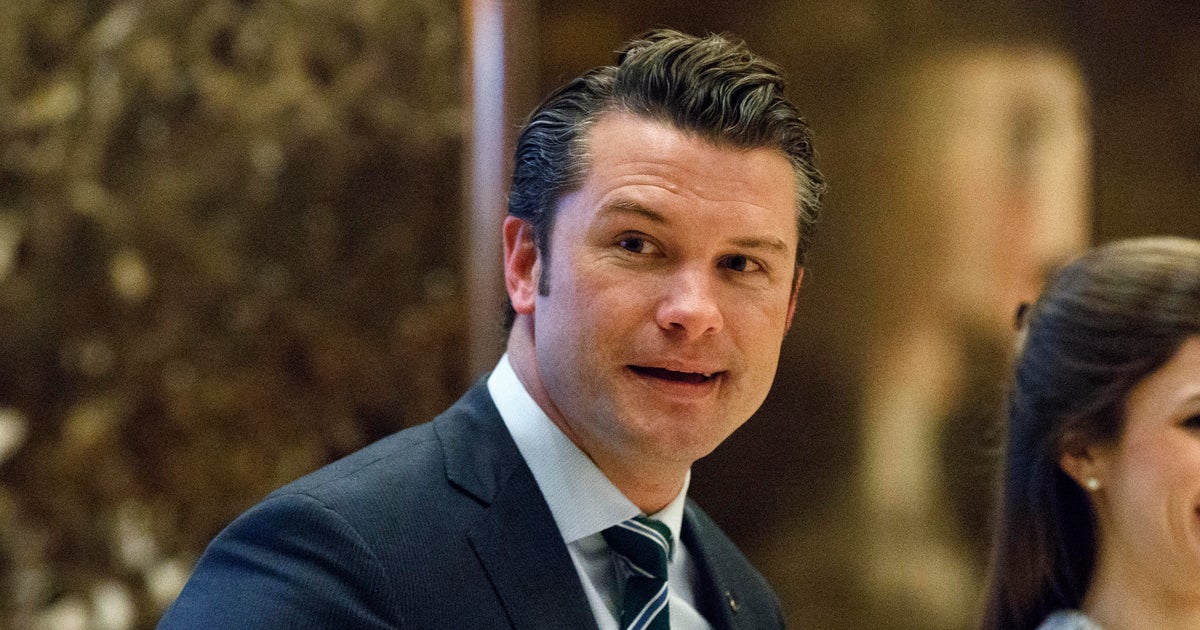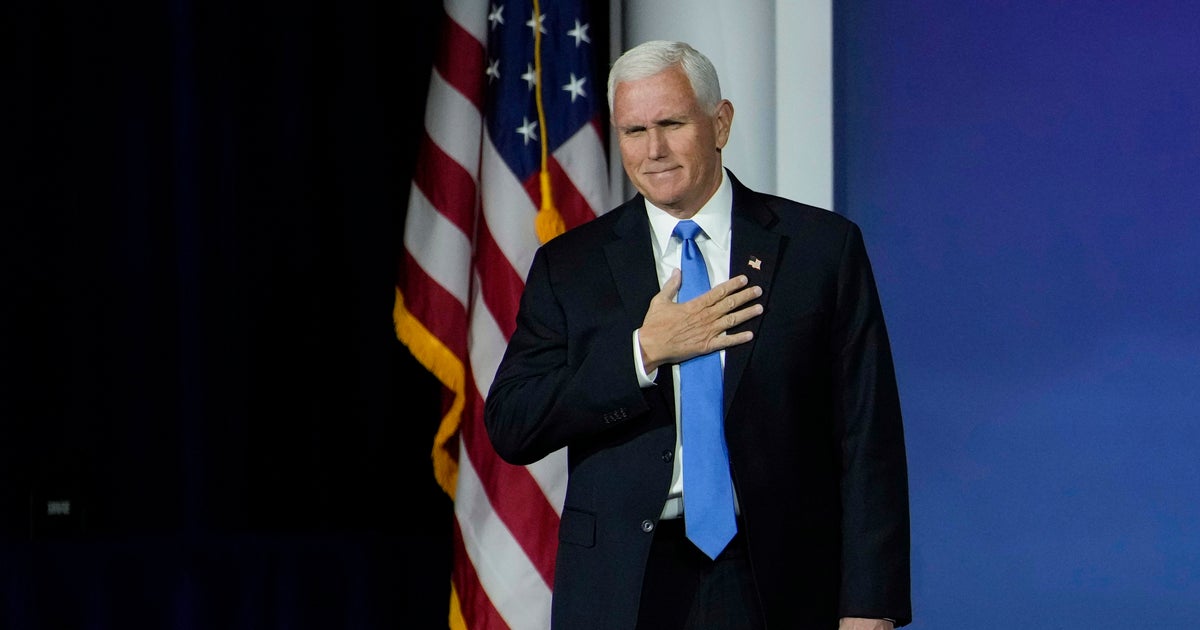Biden tells Congressional Hispanic Caucus he’s looking at forgiving most federal student loan debt

President Biden is looking at different options to forgive most, if not all, federal student loan debt – a move that would thrill some of his most loyal supporters and financially strapped students nationwide, but is a departure from campaign pledges to provide limited relief.
The president shared his plans during a 90-minute White House meeting Monday with members of the Congressional Hispanic Caucus, participants in the exchange tell CBS News. The move could affect more than 43 million borrowers who hold more than $1.6 trillion in federal student loan debt, the second-largest debt held by Americans, behind mortgages.
Earlier this month, the White House said it is extending a pandemic-era pause on federal student loan payments through Aug. 31, a move that has helped roughly 41 million borrowers save $5 billion in interest payments a month, according to the Education Department.
At the White House press briefing on Monday, press secretary Jen Psaki reiterated that the administration would make a decision about canceling some student loan debt between now and the end of August or the pause would be extended further. The president has said in the past he supports canceling up to $10,000 in student loan debt. Psaki said she did not have anything to preview on the issue or how canceling student loan debt would work.
Shortly after Psaki’s briefing and just down the hall in the West Wing, the subject of student loans came up in the president’s meeting with Latino lawmakers, an exchange that also included detailed conversation about immigration policy, environmental justice and the forthcoming midterm elections, according to lawmakers in attendance.
When Hispanic Caucus members mentioned student loans, the president said he’s asked aides to explore his options – a signal to lawmakers that he may be willing to go farther than he pledged during the campaign.
“They’re looking at different options on what they can do. On forgiving it entirely. That was our request,” said one of the lawmakers in attendance, who asked for anonymity to speak frankly about the meeting.
It was not immediately clear how soon the president might act, but the Aug. 31 deadline, set just as early voting will be starting in several states ahead of the midterms, is seen by many Democrats as a natural point at which to make such an announcement.
“As far as the president going out and talking about student loan cancellation with different groups, I do think that’s a very good sign,” said Cody Hounanian, executive director of the Student Debt Crisis Center. “I think the president is starting to recognize that student debt cancellation is very popular. It’s very popular with specific groups of voters that the president needs to win for this upcoming election, and the fact that he’s using debt cancellation as a tool from which to talk to these communities, to me that’s a little bit of a change.”
Hounanian did note that the White House has said it has been examining student loan debt cancellation for some time. The ongoing public message that the administration is looking into it while continuing to extend the payment pause has been confusing to borrowers, he said.
Officials in the Biden administration have been examining whether the president has the authority through executive action to forgive federal student loan debt since the president took office more than a year ago.
“What this argument all boils down to is, does Biden — or any president, for that matter, under the law — will he be violating federal statute by doing board student loan forgiveness other than what he’s been doing under existing programs?” said Betsy Mayotte, of The Institute of Student Loan Advisors. “There are some people that say that he does have that authority under the law to do it, and there are some people that say that other than for a small portion of Perkins loans, he does not.”
The Perkins program, which granted low-interest loans to low-income students, stopped making new loans in 2017.
Canceling student loan debt would also depend on whether a group or individual challenges the action. Such a move could result in a messy legal battle that leaves borrowers in limbo for some time. It’s why the White House and some student loan experts and officials have suggested that lawmakers should be the ones taking action, since legislation would not face the same legal challenges. But the narrowly divided Congress is unlikely able to pass a bill on this issue.
“Ultimately, it would be overturned through this approach,” said student loan expert Mark Kantrowitz on canceling student loan debt through executive action. He argued the best path to forgive debt would be through the regulatory process, which he said is a slower process, but “much more likely to survive legal challenges.”
During his presidential campaign, Mr. Biden said he supported the cancellation of $10,000 in student loan debt and congressional action. But some top Democrats have called for him to go further and use executive action to cancel $50,000 in student loan debt per borrower.
“President Obama did it, President Trump did it, and President Biden has now done it repeatedly. The power is clearly there,” Sen. Elizabeth Warren, a Massachusetts Democrat, said Sunday on CBS’s “Face the Nation.”
In a new analysis, the Federal Reserve Bank of New York estimated canceling $50,0000 in student loan debt would forgive the full balance for nearly 30 million federal student loan borrowers. The average forgiveness would be more than $23,800 per borrower. The move would cost about $904 billion. But some of that money, advocates point out, has already been out the door for decades.
Advocates for canceling student loan debt have also argued it’s a way to build racial equity. Studies show Black borrowers often have to take out larger amounts of student debt for higher education. After graduation, the average student debt held by Black borrowers is higher than the burden held by White and Brown borrowers, studies found.
Race, as well as giving economic aid to younger, working-class Americans saddled by a debt load they might not have fully comprehended when they sought the loans, are the big reasons why members of the Hispanic Caucus continue pushing for loan relief.
World News || Latest News || U.S. News
Source link




